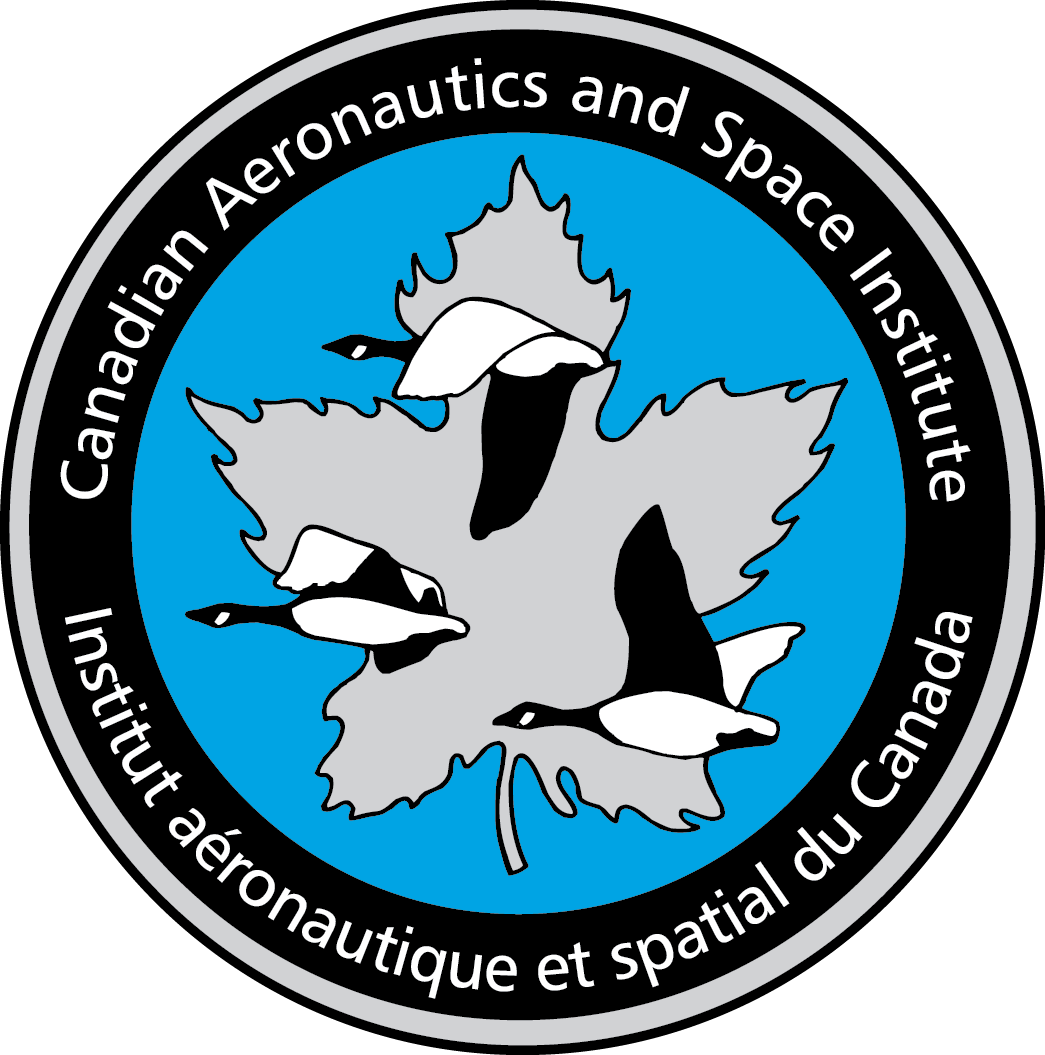Canadian Aeronautics and Space Institute Institut aéronautique et spatial du Canada |
CASI Ottawa Branch
The mission of the Ottawa Branch is to support local CASI members in their professional career development through monthly events, resources and educational tools. The Branch contributes to national activities like inter-branch initiatives, section development, mentoring and professional development. Close associations are maintained with academic institutions in Ottawa and the Branch likes to organize site visits at various facilities in the NCR. We give priority access to CASI members for these tours where we get to meet interesting people but still provide a good talk to the general public who are welcome to join us – but encouraged to join CASI!
Any members of the Canadian aerospace community willing to participate can contact the branch co-chairs listed below.
The Ottawa Branch Workspace is open to any Member of CASI.
Branch Executive
| Position | Incumbent | Affiliation |
|---|---|---|
| Branch Chairs | TECnos MDS Aero Support |
|
| Secretary/Treasurer | Jim Thompson | Davis Engineering |
| Chair Emeritus | Paul Penna | Retired – NRC Aerodynamics Lab |
| Branch Councillor | Jeff Bird | TECnos |
| Branch Executive Members | Prof. Catherine Mavriplis | Ottawa University |
| Prof. Jeremy Laliberté |
Carleton University |
|
| Steve Hall | Celeris | |
| Pervez Canteenwalla |
NRC Gas Turbine |
Each year an executive member of the Carleton Mechanical and Aeronautical Society (CMAS) is invited to serve on the executive.
Thanks to recent members who have served with distinction and moved on: Shaun Horning, Nezih Mrad and David Zimcik.
